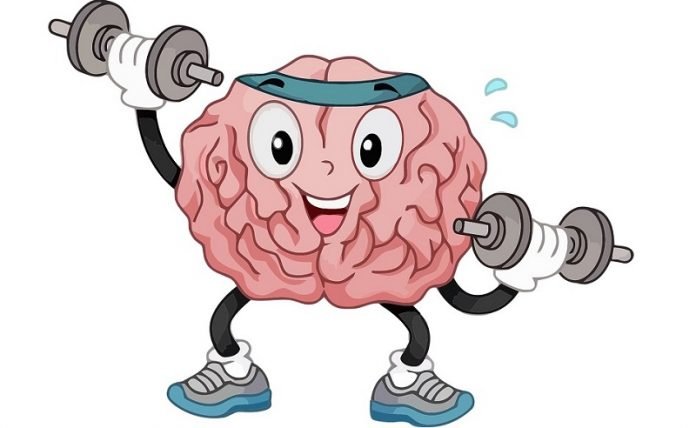
Scientists from the University of Kentucky found that stroke hospitalizations for younger adults – along with the cardiovascular risk factors associated with them – have risen since 2007.
But the chances of people under age 45 dying from a stroke in the hospital have dropped.
The research was presented at the Quality of Care and Outcomes Research Scientific Sessions in Reston and was conducted by Dr. Chintan Rupareliya et al.
Stroke in young adults is much less common than it is in older adults, with only 10%-15% of all strokes occurring in people 18 to 50 years old.
Prior research has documented a rise in strokes among younger adults as well as in traditional stroke risk factors more typically seen in older adults, such as high blood pressure and cholesterol levels, diabetes, tobacco use, and obesity.
In the study, the team compared hospitalization records for two groups of adults, ages 18 to 44, in the National Inpatient Sample.
They compared data for more than 10 million hospital stays in 2007 to about 8.5 million stays in 2017 to see how hospitalization, risk factors, and mortality rates had changed among younger adults.
Overall, the rate of stroke hospitalizations among younger adults was low, but it increased by nearly 50% from 2007 to 2017.
The rise was especially high among women and for white and Hispanic adults. Stroke hospitalizations rose 78% for women compared to 58% for men.
They climbed 77% for white adults and 70% for Hispanic adults while increasing 56% for Black adults. The increase was smallest – 29% – for Asian and Pacific Islander adults.
Traditional stroke risk factors and related medical conditions also rose strongly over the decade. Obesity more than doubled, from 8.6% to 18.5%.
The presence of high blood pressure and cholesterol levels, smoking, and depression also rose, as did related illnesses such as heart failure and irregular heart rhythms.
But the odds of dying in the hospital after a stroke fell by 16% between 2007 and 2017.
Although the study did not examine why stroke mortality rates fell, the team says improvements in stroke treatments over the past decade probably are responsible, along with greater awareness of stroke symptoms and the need to immediately seek care.
Stroke symptoms include sudden numbness or weakness in the face, arms, or legs, especially on one side of the body; sudden confusion, trouble speaking or difficulty understanding others; vision problems in one or both eyes; dizziness, trouble walking, or lack of balance; and a sudden, severe headache.
If you care about stroke, please read studies about what are ideal blood sugar levels for preventing repeat strokes, heart attacks, and this healthy habit can lower risks of stroke and heart rhythm problems.
For more information about stroke, please see recent studies about therapy that could boost recovery from stroke and dementia, and results showing these 3 common prescribed drugs may increase stroke risk by 60%.
Copyright © 2022 Knowridge Science Report. All rights reserved.



